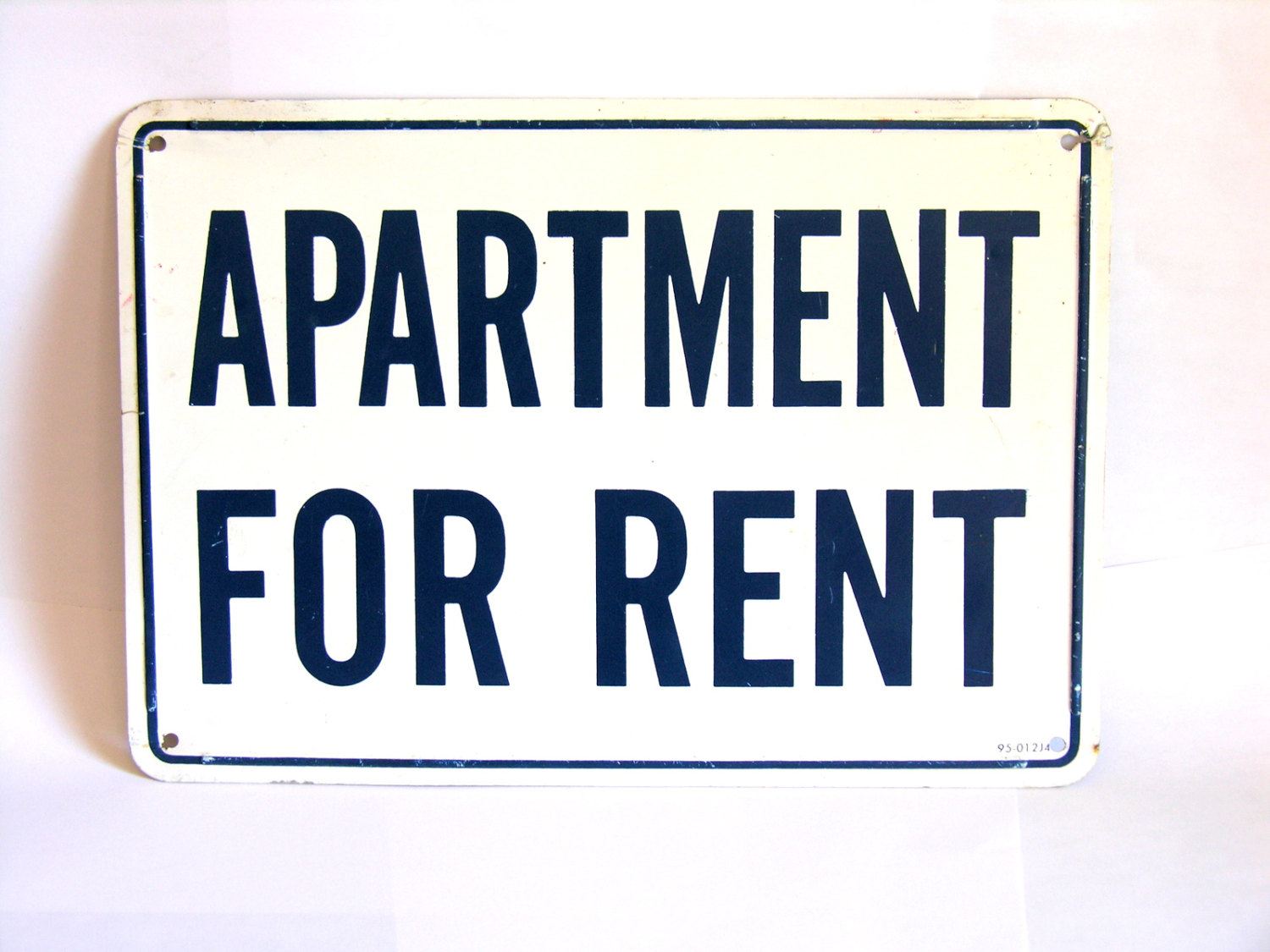
A report by the Urban Institute will make extremely interesting reading for would-be landlords. As the US housing market continues to pull further away from the sub-prime mortgage crash of 2008 it seems that the rental market is the place to be. The Urban Institute is forecasting growth in the rental market “in ways that have not been seen in decades”. As the millennial population mature it would appear there may be challenges ahead for those looking to buy that dream home.
Peak home buying age
The Urban Institute believes that over the next 15 years millennials will reach peak home buying age in significant numbers. While the vast majority will be looking to acquire their first home they may struggle to raise the necessary finance. It is worth noting that historically the US was a majority rental market but this all changed just prior to the turn-of-the-century. In the run-up to the 2008 US sub-prime mortgage crash, finance was readily available and many people were able to buy that dream home. As the market slowed, refinancing options fell by the wayside and many fell behind with mortgage payments, the sector imploded.
Since the peak in the US home ownership cycle in 2014 there has been a general move towards rental properties. If the Urban Institute forecasts are correct then this trend is likely to continue for some time to come.
Lack of rental units
The collapse of the housing market after the sub-prime mortgage crash led to a reduction in new developments as surplus and foreclosure properties flooded the market. While there are signs that the US housing market is picking up, it will take some time for unit numbers to catch up with future demand. It would appear that by 2030 there will be around 13 million renters in the US with a shortfall in projected rental unit numbers of around 4 million.
As a consequence, this projected shortfall will be music to the ears of many property investors looking to acquire rental units. The current trend is moving back towards rental as opposed to homeownership and the introduction of additional specific rental properties will likely strengthen this trend.
House prices
Unfortunately, for those looking to climb onto the property ladder this additional demand for rental units could be counter-productive. Already limited supply on the market today will attract the attention of landlords looking to increase their exposure to the rental market. Even though there will be additional demand emerging for future new constructions for the rental market, these will take some time to come online. In what could very quickly become a vicious circle, a lack of affordable property for millennials will see more looking towards the rental market pushing prices even further out of reach.
US economy
There have been sporadic signs that wage inflation is starting to pick up but the majority of this will be eaten away by cost of living inflation. There are also the ongoing economic battles between the US and China with a tit-for-tat move towards higher tariffs. In all likelihood the two governments will sit down in the not too distant future and hammer out a deal but this has caused confusion and concern in the business arena. As a consequence, even those who could stretch their finances to buy that dream home may well hold off until there is a clearer path ahead for the US economy.
Conclusion
The simple supply and demand figures suggest there will be a large shortfall in the number of rental units by 2030. As well as pushing the cost of housing higher in the short to medium term, with property investors acquiring rental assets, there will be upward pressure on rents. In many ways this is the perfect scenario for property investors looking at long-term rental portfolios and relatively secure lines of income.

